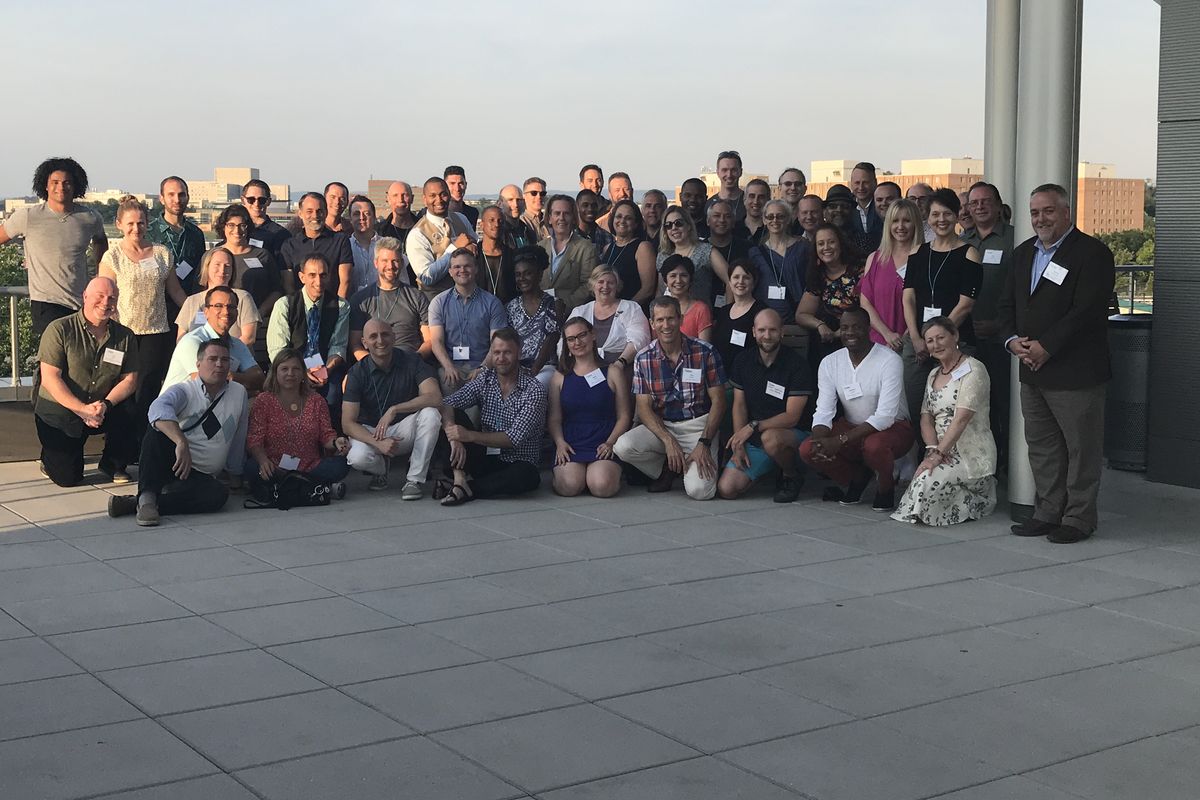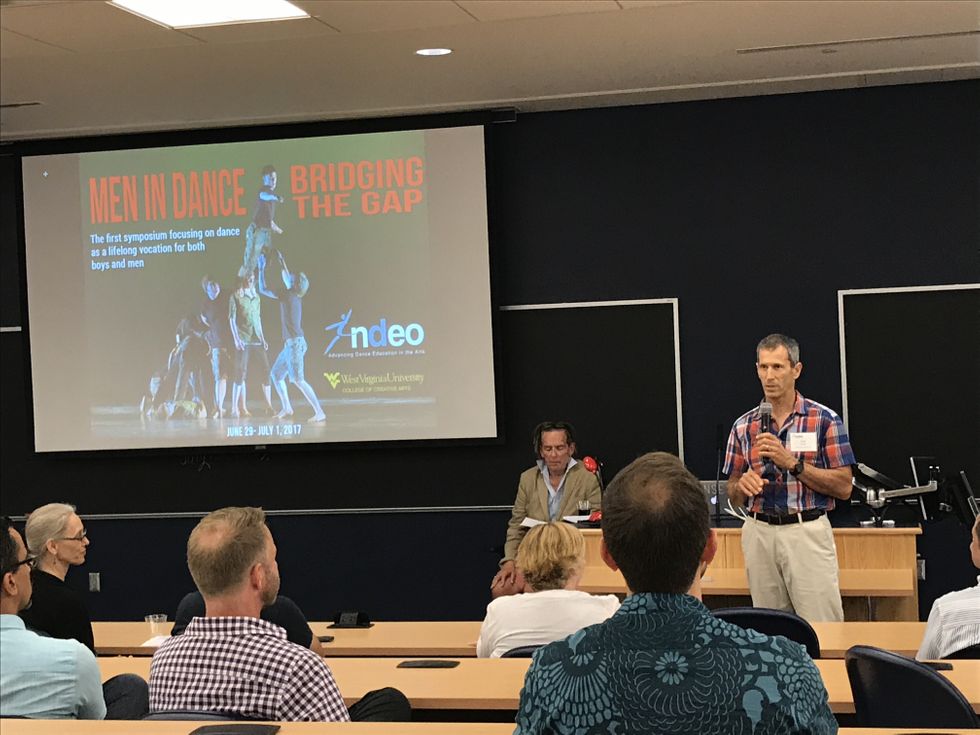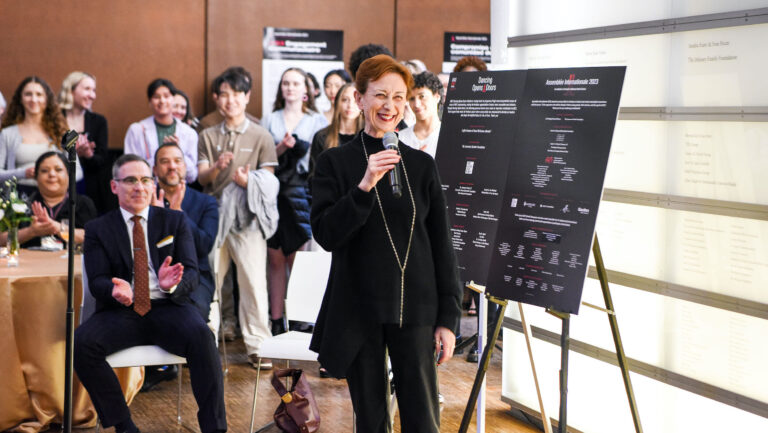
Almost exactly one month ago, Barry Blumenfeld was in Morgantown, West Virginia, finally surrounded by his people: fellow male dancers. As one of the organizers of the first-ever Men in Dance Conference—along with Yoav Kaddar, Chris Rutt and Andrew Jannetti—held June 29–July 1 at the campus of West Virginia University, Blumenfeld was ready to brainstorm with his peers (both men AND women) about why it’s so hard to attract male students to dance—and to retain them. The idea for the conference grew out of an online special-interest group Blumenfeld had created under the National Dance Education Organization umbrella. A frequent attendee at NDEO’s national conference, Blumenfeld found himself naturally gravitating toward the other male dancers and teachers present at NDEO gatherings. “We were about four percent of the conference—we called ourselves the four percent,” he jokes. “We kept talking about what’s going on with men in dance, but we were just talking.” That’s where his idea for a conference on male dance was born.
 Yoav Kaddar, standing, heads the dance program at West Virginia University and helped plan the conference. Photo courtesy of Blumenfeld
Yoav Kaddar, standing, heads the dance program at West Virginia University and helped plan the conference. Photo courtesy of Blumenfeld
The Men in Dance conference, he is pleased to report, was by all means a success. With a group of about 60 attendees (from as far away as the United Kingdom), the conference explored topics like: Identifying and Exploring New Masculinities in Dance; Mentoring Male Dancers in a Culture of Gender Neutrality; and Who We Be: Black Masculinities in a Contemporary African Dance Company.
For Blumenfeld, his biggest takeaway was that the parents of male dancers are the lynchpin of whether or not a male student continues dancing. “The place it breaks down in this country is parents,” he says. “That’s what I heard across the board. You could have a public school that’s doing really well, but the parents are against dance as a performance art.” Dance as a social matter, he’s found, isn’t a taboo. “We have to educate the parents. When you win the parents, the kids are then free to do what they naturally do,” he says.
Highest on the post-conference agenda, Blumenfeld says, are building a web resource with forums, a networking and registry base, curriculum ideas, testimonies, links to relevant research and information to share with parents. Though he doesn’t envision the conference happening annually—maybe every two or three years, instead—he and the other attendees are committed to offering resources and outlets for connection and sharing.




